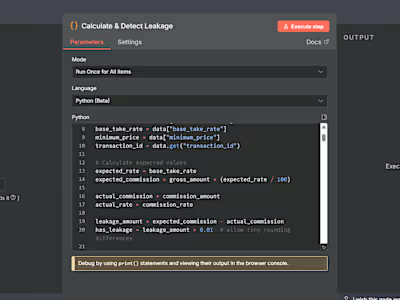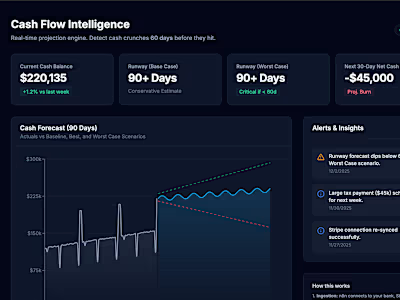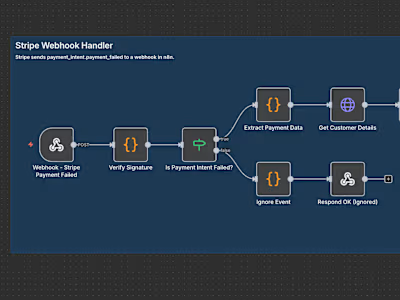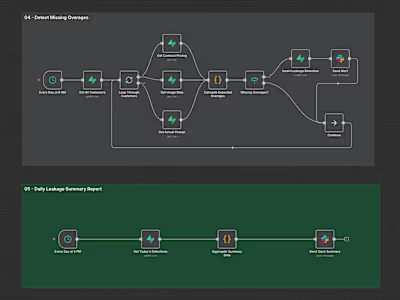Built with BuildShip
Custom AI Code Interpreter Workflow with BuildShip
This project involved developing a custom AI code interpreter workflow using BuildShip, a low-code development platform. The goal was to create a system that could understand and execute user-provided AI code snippets within a defined context.
Project Goals:
Enable users to input custom AI code (potentially limited snippets)
Interpret the code using a built-in AI interpreter engine
Execute the interpreted code within a controlled environment
Provide users with feedback on the code's execution results
Development Process:
Requirement Gathering and Design:
We worked closely with the client to understand their specific needs and the types of AI code the interpreter should handle.
This involved defining the supported programming languages, libraries, and limitations for user-provided code.
Based on the requirements, we designed the workflow structure in BuildShip using its visual interface.
BuildShip Workflow Development:
We utilized BuildShip's pre-built nodes to create the core functionalities:
Code Input Node: This allowed users to input their custom AI code snippets. BuildShip offers options for secure text input and validation.
AI Interpreter Node: This is a custom node we developed using BuildShip's JavaScript/TypeScript support. It leveraged a pre-chosen AI library or framework (e.g., TensorFlow.js, ONNX.js) to interpret the user-provided code.
Execution Environment Node: This node created a secure and controlled environment for executing the interpreted code. BuildShip's containerization features could be used to isolate each execution instance.
Result Handling Node: This node captured the results from the code execution, potentially including data outputs, error messages, or performance metrics.
Return Node: Finally, this node presented the results to the user in a clear and informative way. BuildShip offers various output options like text displays, visualizations, or data downloads.
Testing and Refinement:
We implemented rigorous testing throughout the development process:
Unit testing of individual BuildShip nodes to ensure their functionality.
Integration testing to verify seamless interaction between nodes within the workflow.
User acceptance testing (UAT) with the client to gather feedback and refine the user experience.
Deployment and Maintenance:
We deployed the final BuildShip workflow to the client's chosen cloud platform for accessibility and scalability.
We established a maintenance plan to address potential bugs, security updates for the AI libraries, and potential future enhancements to the workflow based on client feedback.
Key Considerations:
Security: The workflow prioritized secure code execution to prevent unauthorized access to system resources or potential malicious code injection.
User Interface Design: BuildShip's visual interface was leveraged to create a user-friendly experience for both code input and result presentation.
Error Handling: Robust error handling mechanisms were implemented to provide clear feedback to users in case of code errors or unexpected execution outcomes.
Benefits of using BuildShip:
Faster Development: BuildShip's pre-built nodes and visual interface accelerated the development process compared to traditional coding.
Reduced Complexity: Low-code development minimized the need for extensive AI programming expertise, making the project more manageable.
Scalability: The BuildShip workflow could be scaled to handle an increasing number of users and code submissions.
Maintainability: The modular design with BuildShip nodes allowed for easier future modifications and maintenance.
This project demonstrates the potential of BuildShip in creating custom AI solutions. By leveraging its low-code development approach, we were able to deliver a functional and user-friendly system for interpreting and executing custom AI code.
Like this project
Posted May 14, 2024
This project involved developing a custom AI code interpreter workflow using BuildShip, a low-code development platform. The goal was to create a system that co







